In the recent weeks, President Beck Taylor has released a draft of the Whitworth 2021 master plan. It is a strategic plan that will be implemented over the next 10 years to lead Whitworth to the vision of 2021.
“With a clear and broadly shared understanding of Whitworth’s distinctive mission, we are in a strong position to cast a bold vision for the institution we love so dearly,” said Taylor in an official message to the Whitworth community.
The Whitworth 2021 plan consists of eight main strategic goal categories. These goals are advancing Whitworth’s distinctive approach to integrating Christian faith and learning, strengthening intellectual vitality across all contexts of teaching and learning, preparing all Whitworthians for global citizenship, demonstrating courageous leadership for an increasingly diverse world, elevating a liberal-arts education as essential and relevant to all majors and careers, enhancing Whitworth’s strengths in graduate and continuing studies education, investing in our people and support a culture of continuous improvement and increasing and stewarding Whitworth resources to sustain excellence.
One of the main goals of the new strategic plan is to better equip students to discern their vocations and to pursue the careers and lives of service they choose, Taylor said. One of the ways this can happen is through interdisciplinary studies. This would mean having students collaborate between majors to reach what they truly want to do.
Taylor used Dr. Betty Fry Williams, a professor in the education department, and Dr. Susan Mabry, a professor in the computer sciences department, as an example of how reaching across majors would work. Williams, Mabry, and their students have been collaborating on a computer software program that can identify and track developing children with Autism Spectrum Disorder. This type of collaboration is a part of the new vision that is being drafted.
“That new vision calls the university to, among other things, begin to stabilize its on-campus undergraduate enrollment, invest significant resources in high-quality experiences and outcomes for all of our students, and continue Whitworth’s upward trajectory among the very best regional universities in the West,” Taylor said.
Taylor said the Whitworth mission has been clear, but the vision of where the university is going has not been obvious. Through collaboration of everyone on the University Council, a group consisting of Whitworth administrators, faculty, staff and students, a draft of the new vision of 2021 has been devised.
“Through this process we tried to cast a bold vision for the future of the university,” Taylor said.
Greg Orwig, chief of staff and chair of the University Council said the decision to make a 10-year plan allows the university to take on long-term goals. Although it is a 10-year plan, it will be evaluated at many different points, including in an annual report and at the five-year mark. The past few strategic plans have all been five-year plans.
“I hope in five years that we will be able to say that we have made significant progress in achieving the goals and the overall vision outlined in the plan,” Taylor said.
The 2021 plan states, “As the Whitworth community embarked on setting a bold 10-year vision for the university and a strategic plan for achieving that vision, it engaged in a rigorous analysis of its internal strengths and weaknesses relative to the opportunities and threats in the external environment.”
The new strategic plan will allow the infrastructure of the university to catch up with the large increase of students the university has seen these past couple of years, Orwig said. Along with letting the infrastructure catch up, the 2021 plan includes goals of having a full-time undergraduate student population of 2,300, adding more faculty and overall enhancing the quality of a Whitworth education. Taylor also hopes to see the university develop intercultural competencies and be able to prepare students for a diverse work environment. There are also goals of building a new residence hall, expanding the Hixson Union Building and building a new student recreation center.
Although this new vision of Whitworth is well on its way to becoming a reality, the 2021 plan is still in the drafting stages. A student town hall meeting is being held tonight in the HUB multipurpose room at 9 p.m. Orwig and ASWU President Josh Boyden will be leading the meeting and answering questions.
“We’d love to get input from everyone this plan will touch, including students, faculty and staff as well as alumni, parents, donors, friends and community members,” Taylor said.
Taylor and Orwig encourage all students to review the Whitworth 2021 website and familiarize themselves with the new vision. That way when the town hall meeting rolls around tonight, questions and ideas can be presented. The 2021 plan is a vision of the entire Whitworth community. Taylor, Orwig, and the University Council are asking the Whitworth community to think about what it envisions for the university in 2021.
The question of the 2021 vision is as Taylor said, “Who do we want to be in 10 years?”

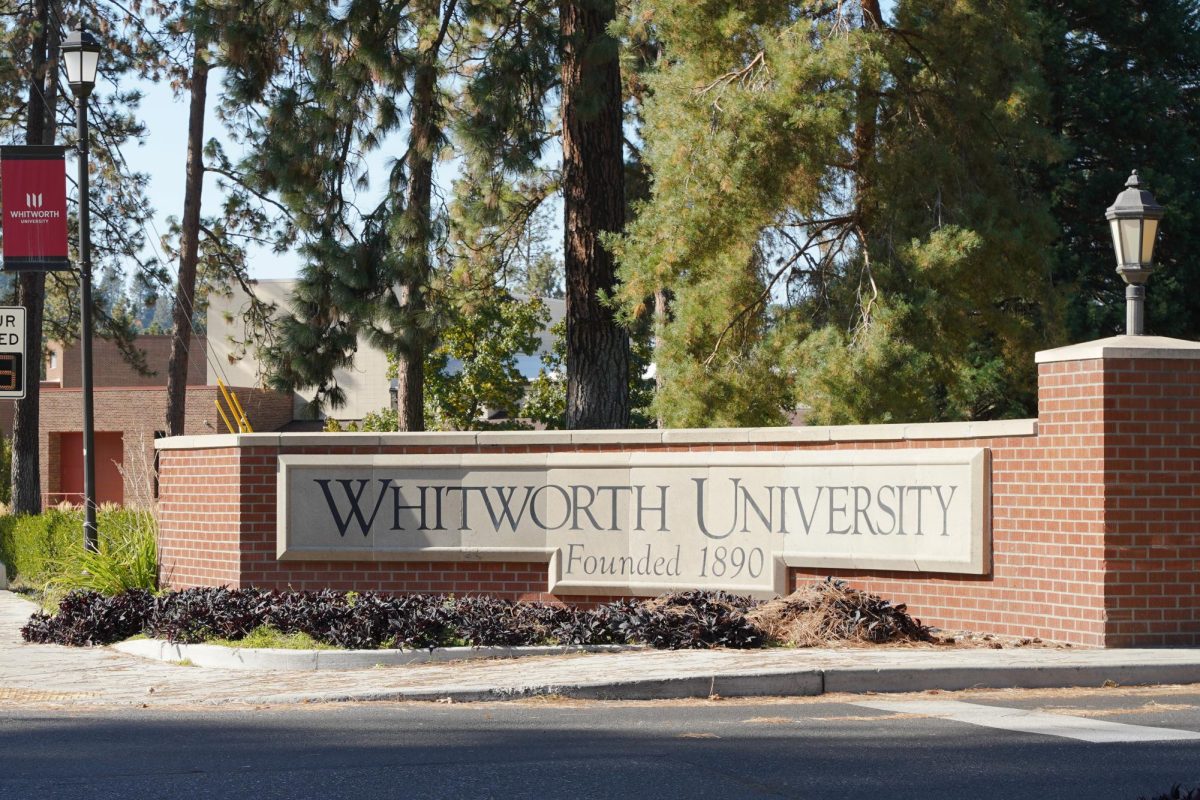
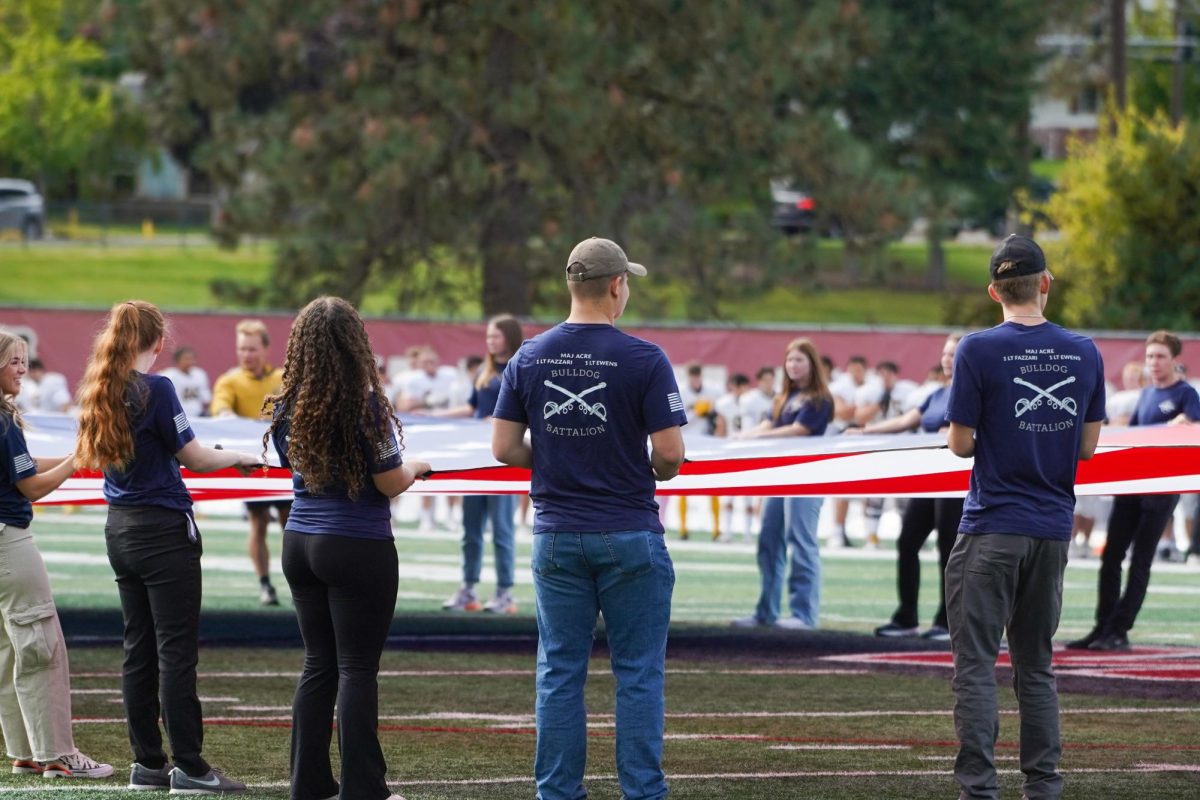
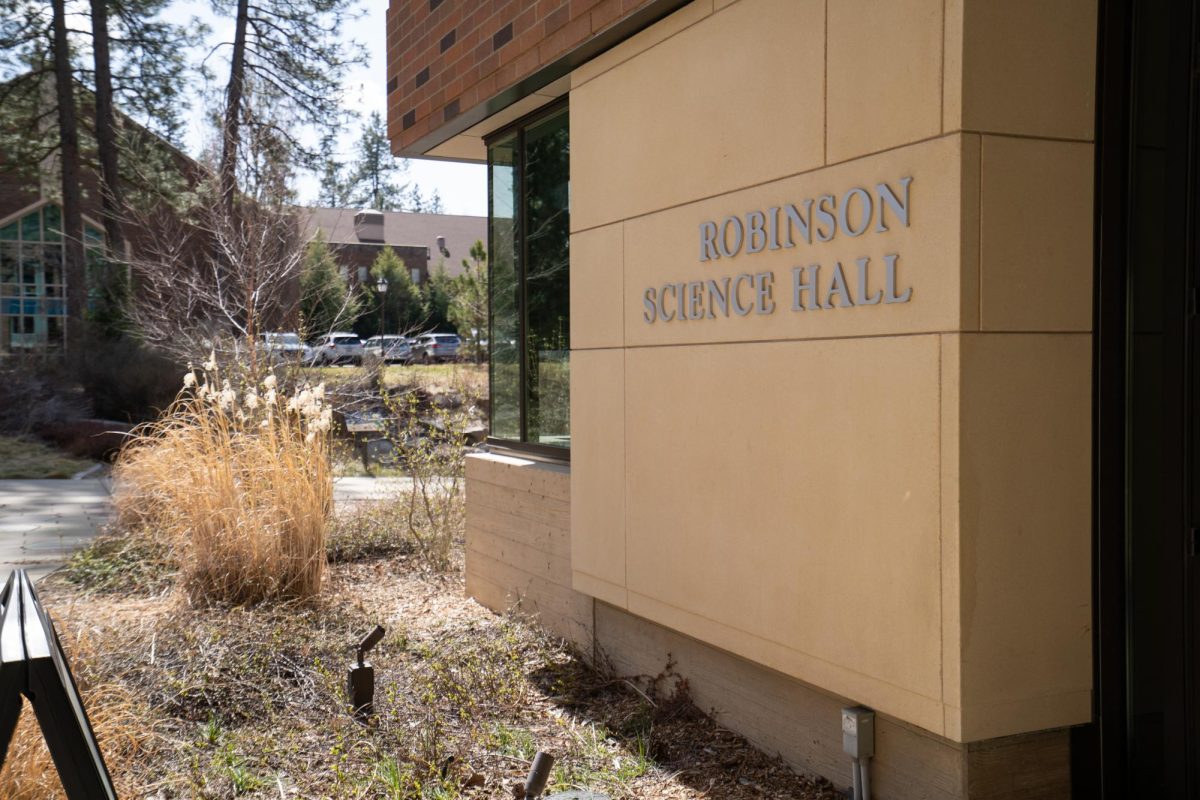
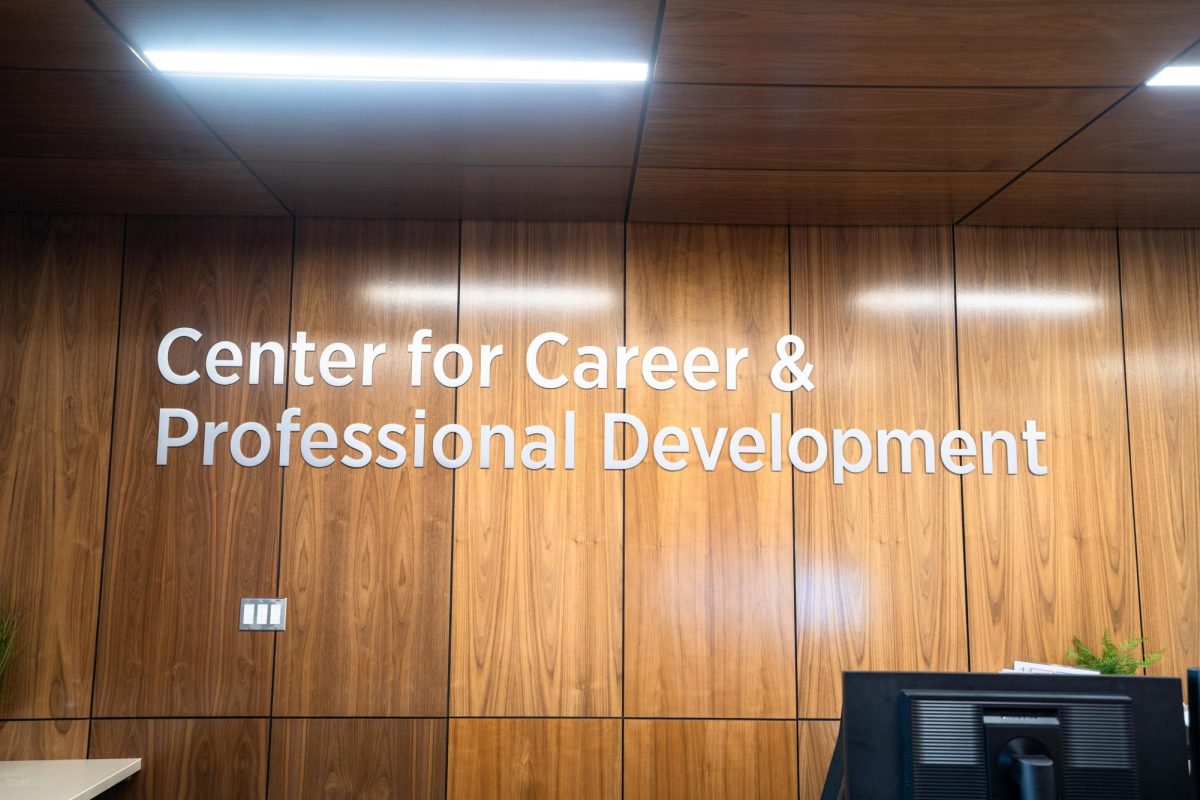
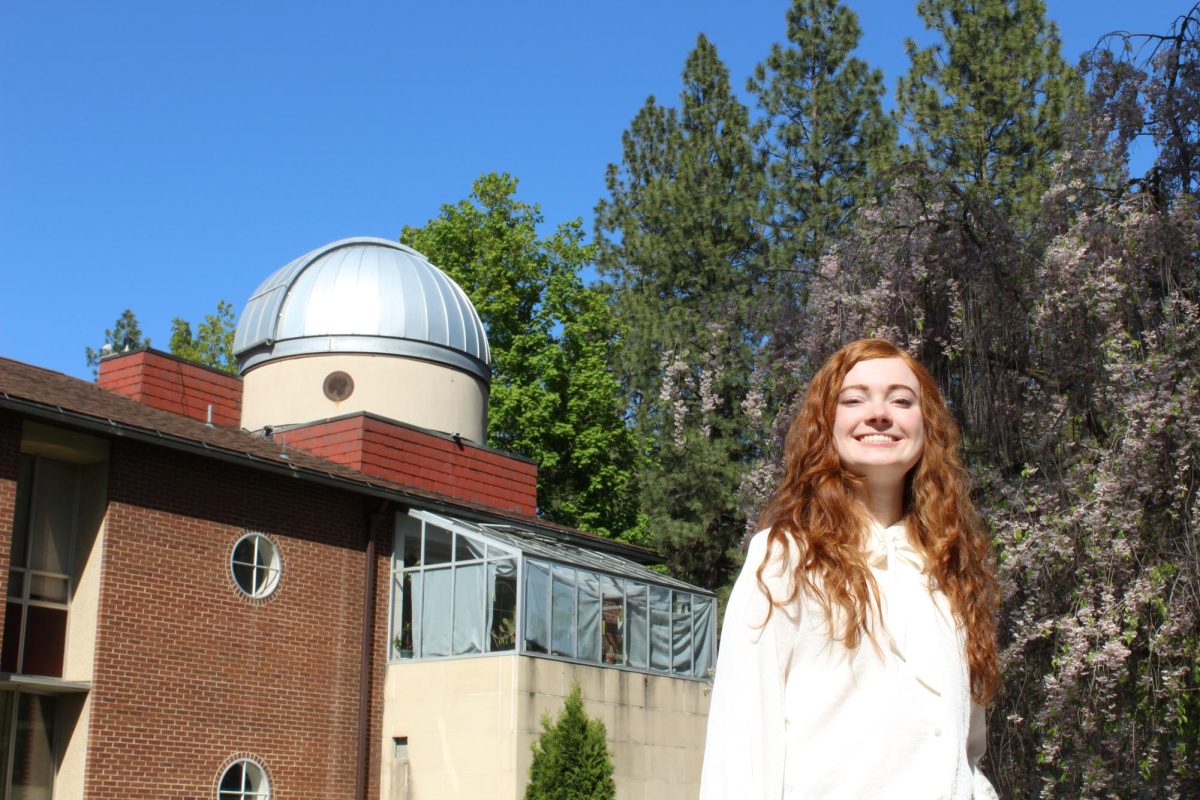
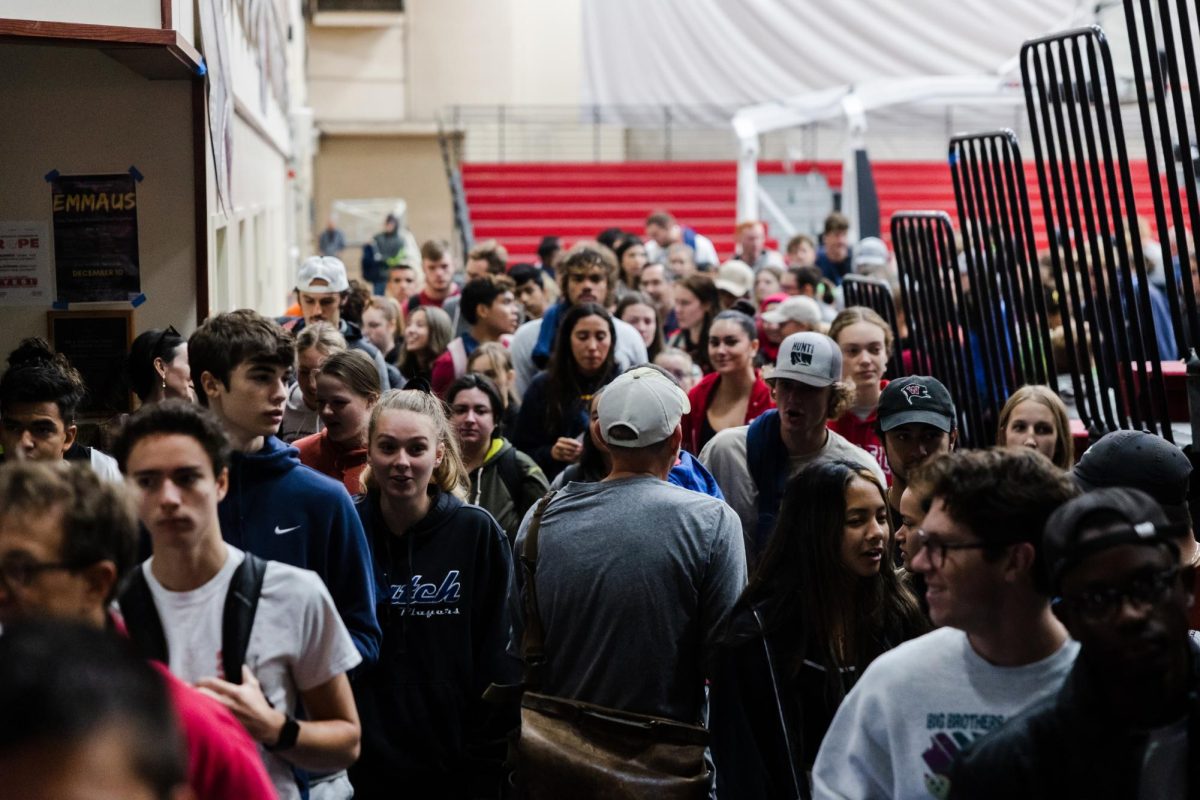
 Spokane?
Spokane?
Greg Orwig • Mar 9, 2011 at 6:18 pm
Thank you, Whitworth students, for a great discussion last night about the Whitworth 2021 vision and strategic plan. Your questions and comments will certainly make the plan better.That’s good news for students because, as Beck said, the plan is ultimately all about students.